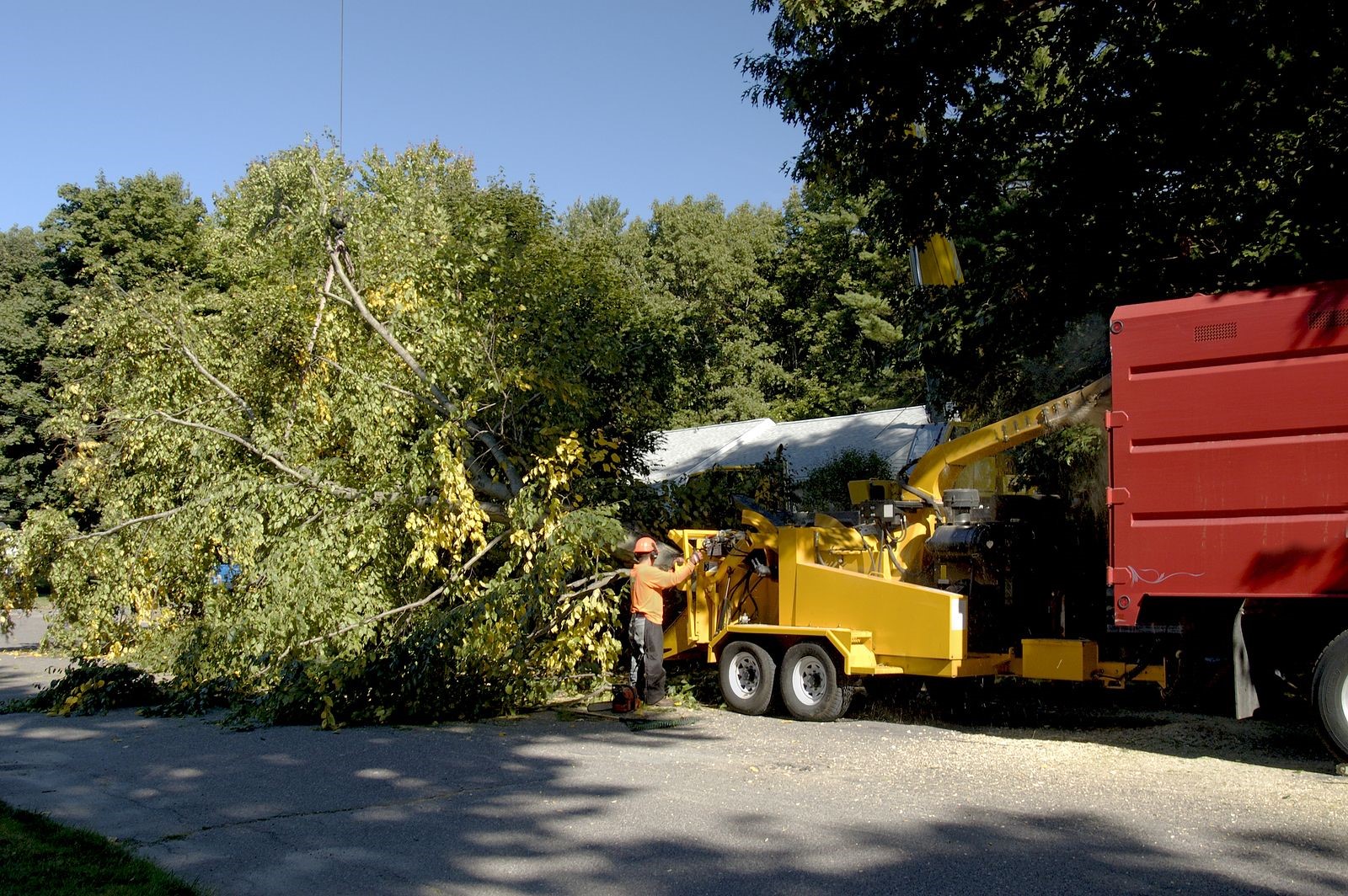Homeowners who love to do a bit of gardening know that some form of disease might end up affecting their plants. The remedy to these conditions vary greatly, starting from a simple pruning of the affected area to a complete removal of the plant. Early detection is essential in treating any diseases and understanding the pathology and symptoms behind each is the key. Below are some of the most common tree diseases in the U.S. that may result in a tree removal if not handled correctly.
Chestnut Disease
As the name suggests, chestnut disease affects all varieties of chestnut trees. However, American and European chestnuts are more susceptible to this disease as opposed to the Chinese and Japanese varieties which inherently have some resistance. The pathogen of chestnut disease is Cryphonectria parasitica, a type of fungus that causes blight.
Symptoms of the tree affected by this pathogen include sunken or swollen joints on the branches, yellow-brown color on the trunk and leaves, and an irregular tree shape. This pathogen spreads by producing sprouts and has wiped out the entire American Chestnuts species that once covered 25% of the Appalachian forests. Until now, there are no efficient methods of managing chestnut disease once a tree gets infected. Chemical fungicides may be used to save one or two trees, but it is considered inefficient in saving large numbers of infected trees.

Shoestring Root Rot
Also known as Armillaria Root Rot, this is another group of fungus species that attacks many plants, including hardwood and conifer trees. It is one of the major causes of decreasing oak species in North America. The fungus mainly attacks trees that have been weakened by other factors, such as drought, insect infestation, and root injury, though it has also been known to attack healthy trees.
The most obvious symptom of this fungal infection is rotten roots. When the bark is peeled off, white growth is often found inside, especially at the part nearest to the soil. Trees infected by this disease may appear to die quickly as it makes the tree to appear unhealthy and rotten. Management consists of eliminating the exacerbating factors, such as insect control and irrigation to relieve drought. If the tree dies and is removed, it is advised not to replace it with another woody tree species.
Slime Flux
Aside from fungal infections, bacteria can also attack your trees. Clostridium, Bacillus, Enterobacter, and Pseudomonas are among the most common bacteria found in soil and water. These pathogens can attack trees through bark injury or wounds. Trees affected by these pathogens often exhibit trunk discolorations in the form of multiple light or dark vertical streaks due to the abundant smelly slimy liquid secreted from the wound site. When these trees are used as lumber, they tend to dry much more slowly than normal wood, which is why this disease is also known as Bacterial Wetwood.
The affected area must be pruned with a sharp blade to prevent wound formation followed by disinfection. Fertilization also has been known to encourage vigorous growth and lessen the severity of the disease.
Fire Blight
Many trees planted at home are fruit trees such as apple, pear, crabapple, and hawthorn. A bacterium called Erwinia amylovora is one of the most common serious diseases to infect these trees. The point zero of infection happens over the winter when the pathogen infects the parts of the plant that get little sunlight. As soon as spring comes, the wind, insects, and rain will help spread the bacteria to other parts of the trees.
The damage is most noticeable in the leaves, which will appear blackened as if burnt by fire. After all succulent parts are infected and killed, the bacteria will move to infect the branches and trunk. When discovered early, aggressive pruning may help to resolve the infection. However, for severely infected plants, complete removal is the only solution.
If you can’t decide whether to treat or remove the tree in your yard, consult with a professional tree removal service. They can help you assess the severity of the disease and decide whether it is best to treat or remove the tree. If you are looking to plant another tree after removal, this service can be your best friend and assist you in starting over.
Sources
An Index of Common Tree Diseases, ThoughtCo.com
Diagnose Tree Disease, BHG.com




